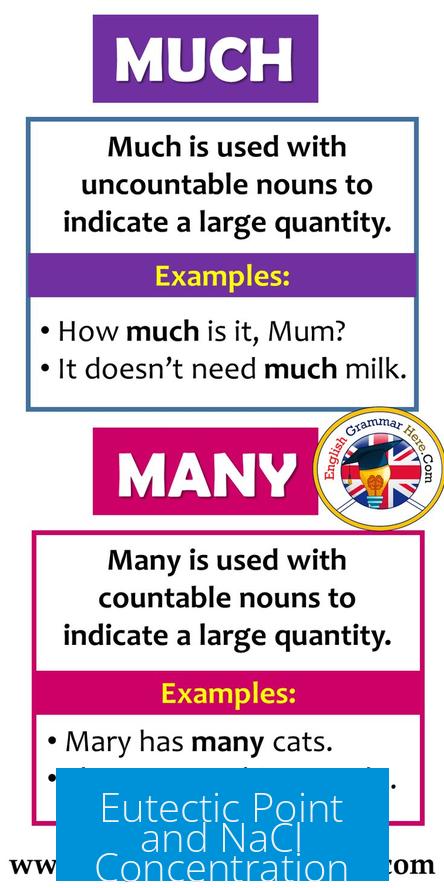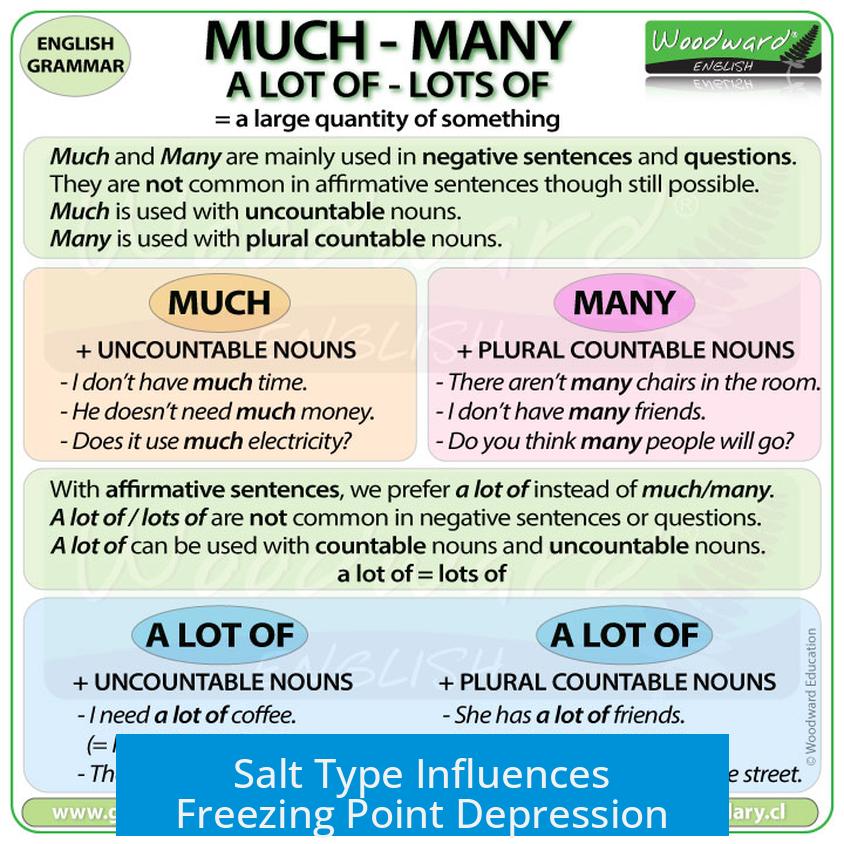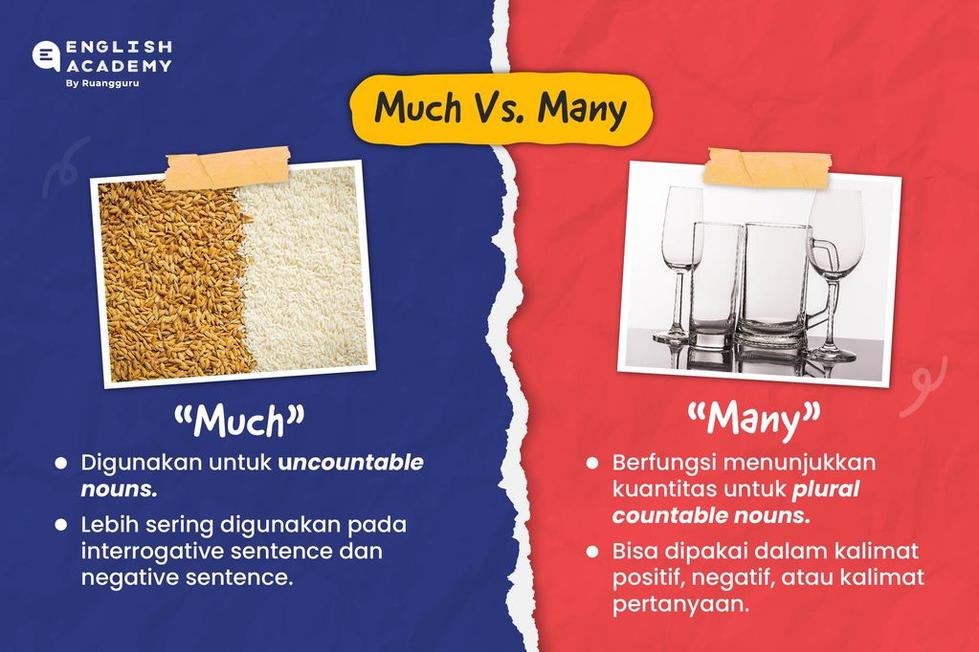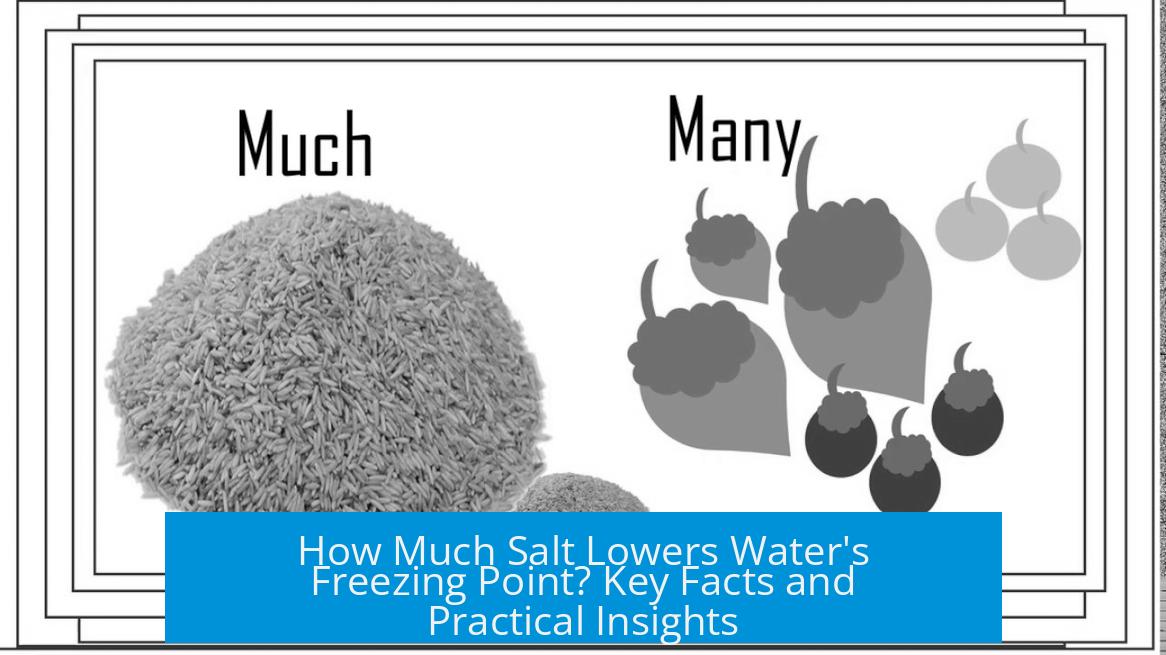How Much Salt Is Needed to Lower Water’s Freezing Point?

Lowering water’s freezing point significantly requires about 23% by weight of sodium chloride (NaCl), reaching the eutectic point of -21°C. This concentration creates a brine solution that remains liquid well below the normal freezing temperature of pure water.
Eutectic Point and NaCl Concentration

The eutectic point is the lowest temperature at which a salt-water mixture remains liquid before both ice and salt crystals form. For NaCl-water solutions, this occurs at around -21°C and requires roughly 23% salt by weight.
- At this concentration, the mixture forms a saturated brine.
- Further salt addition has little effect on lowering the freezing point.
For typical ice-melting purposes, lower concentrations of salt can be used, but they freeze at higher temperatures closer to 0°C.
Salt Type Influences Freezing Point Depression

The quantity of salt needed varies with the salt type. Different salts dissociate differently and alter water’s freezing point to varying degrees.
- NaCl is common due to cost and effectiveness.
- Calcium chloride (CaCl2) lowers freezing points more efficiently per weight.
- Magnesium chloride (MgCl2) has similar effects but a differing eutectic point.
Consulting a brine table provides detailed data correlating salt concentration and freezing points for various salts.
Practical Implications

In practical de-icing applications, salt is spread in amounts sufficient to create a brine layer, but the exact needed quantity depends on temperature and desired freezing point.
| Salt Type | Approx. Freezing Point Depression | Typical Use Concentration |
|---|---|---|
| Sodium Chloride (NaCl) | Down to -21°C at eutectic | Up to 23% wt for max depression |
| Calcium Chloride (CaCl2) | Down to about -50°C | Lower concentration than NaCl |
| Magnesium Chloride (MgCl2) | Down to about -33°C | Moderate concentrations |
Key Takeaways
- Approximately 23% NaCl by weight lowers freezing point to -21°C (eutectic point).
- Different salts require different amounts to achieve similar freezing point depression.
- Brine tables offer precise data for planning salt use in freezing conditions.
- Practical salt application depends on target temperature and salt type.
How Much Salt Is Needed to Lower Water’s Freezing Point?
If your goal is to lower water’s freezing point significantly, you need roughly 23% by weight of sodium chloride (NaCl) to reach the eutectic point of about -21°C. This is no small amount of salt, but fascinatingly effective. Let’s dive into what that means and why the specifics matter.
Ever wondered why salt is so popular for melting ice on roads? It’s all chemistry in action. When you dissolve salt in water, it disrupts the process of ice formation by affecting the water molecules. The more salt you add, the lower the water freezes. Yet, it’s not just about dumping a pile of salt and expecting instant melting magic.
What Exactly Is the Eutectic Point?
The eutectic point is the temperature at which a solution freezes into a mixture of crystals—in this case, ice and salt crystals. For the salt and water combo, this critical freezing point is around -21°C, but to get there, the salt concentration must be about 23% by weight of NaCl in the water. That means for every 100 grams of the salty solution, 23 grams is salt.
This figure might make you wink. It’s surprisingly large, considering typical road salt applications use far less, targeting only mild freezing conditions. To visualize, that’s roughly a quarter of your solution being salt. That’s enough to really make ice nervous.
Does the Type of Salt Matter?
Yes. The 23% figure applies to sodium chloride, the humble table salt you sprinkle on fries or roads. Different salts change the freezing point differently. Calcium chloride, for instance, works more efficiently at lower concentrations and can take water below -21°C more easily. So, if you’re exploring ice-melting or freezing prevention, the salt choice transforms from mundane to strategic.
For example, calcium chloride can lower freezing points to nearly -50°C with less salt compared to NaCl. On the other hand, magnesium sulfate (Epsom salt) has a different impact and isn’t commonly used for freezing point depression. Each salt interacts uniquely with water molecules—chemistry insists we keep it interesting.
Why Not Just Use More Salt?
Good question! While salt lowers the freezing point, it also reaches a saturation limit. Beyond this, adding salt won’t dissolve further; it just piles up and doesn’t affect freezing any more. Plus, extremely salty solutions become slippery and corrosive, which can cause other issues like damaging vehicles or harming plant life.
Thus, the concept of a brine solution comes in handy. Brine tables list freezing points corresponding to particular salt concentrations. For sodium chloride, as you ramp salt from a small percentage toward the 23% mark, the freezing point steadily drops—until you hit the eutectic point. Brine tables are gold mines if you want precise data without guessing.
Okay, But What if I’m Just Salting My Driveway?
Typical winter road salting uses much smaller concentrations than 23%. A few percent is enough to prevent ice at usual freezing temperatures. Remember, that 23% is the point where salt water freezes at its coldest possible temperature, but it’s heavy and not economical for everyday use.
In practice, chemical suppliers recommend salt concentrations from 5% to 10% for pavements. This prevents ice formation down to around -6°C to -10°C. Below that, other salts or blends come into play.
Practical Example: The Kitchen Test
Try this—make a mixture with about 23 grams of table salt and 77 grams of water. Chill it in a freezer. You should notice that this salty mix doesn’t freeze until it hits close to -21°C. It’s a fun way to see freezing point depression in action at home (though maybe don’t expect your freezer to get that cold!).
This experiment illustrates why roads in cold climates often get salty slush. The salt-water is too salty to freeze easily, preventing thick ice buildup.
Benefits of Knowing Salt Amounts for Freezing Point Depression
- Enables smart road safety practices in winter.
- Guides industrial use of salt solutions in cold storage.
- Helps in designing antifreeze mixtures that are environmentally conscious.
But how much salt you should use depends heavily on context. What’s your goal? Melting ice quickly, keeping water liquid in cold temps, or creating brine for use in refrigeration? Knowing the eutectic point is a big help.
Takeaway Tips
- For NaCl, hitting about 23% by weight lowers freezing point to roughly -21°C—a hard limit called the eutectic point.
- Choosing different salts changes the freezing point and how much salt is needed.
- Consult a brine table for precise freezing points at given salt concentrations.
- For everyday use, adding “copious amounts” isn’t practical—small to moderate salt amounts work efficiently at typical winter temperatures.
Next time you throw salt onto snowy sidewalks or watch ice cream makers working magic, think about the invisible chemistry at play. The right amount of salt doesn’t just make life easier—it tells a grand story of molecules and freezing battles.
Got any creative ways you use salt related to freezing? Or questions about other salts? Drop a comment, and let’s crack the chemistry code together!
How much salt is needed to lower water’s freezing point to -21°C?
You need about 23% sodium chloride (NaCl) by weight. This amount reaches the eutectic point, where the solution freezes at -21°C.
Does the type of salt affect how much is required?
Yes. Different salts lower freezing points differently. NaCl is common but other salts need different amounts.
What is the eutectic point in a salt-water solution?
The eutectic point is the lowest temperature where the salt solution can remain liquid. For NaCl, it is -21°C with 23% salt by weight.
Where can I find detailed freezing point data for salt solutions?
You can look up a “brine table.” It lists salt concentrations with their corresponding freezing points, helping you select the right amount.
Is a large amount of salt always necessary to lower freezing point?
Yes, significant salt quantities are needed for noticeable effects. The exact amount depends on the salt type and desired freezing point.





Leave a Comment